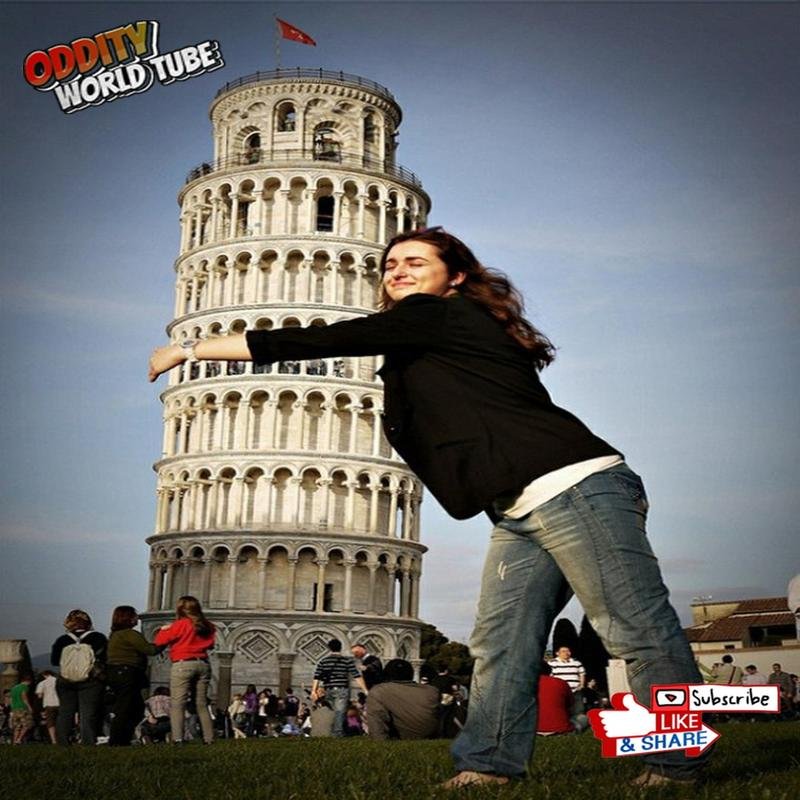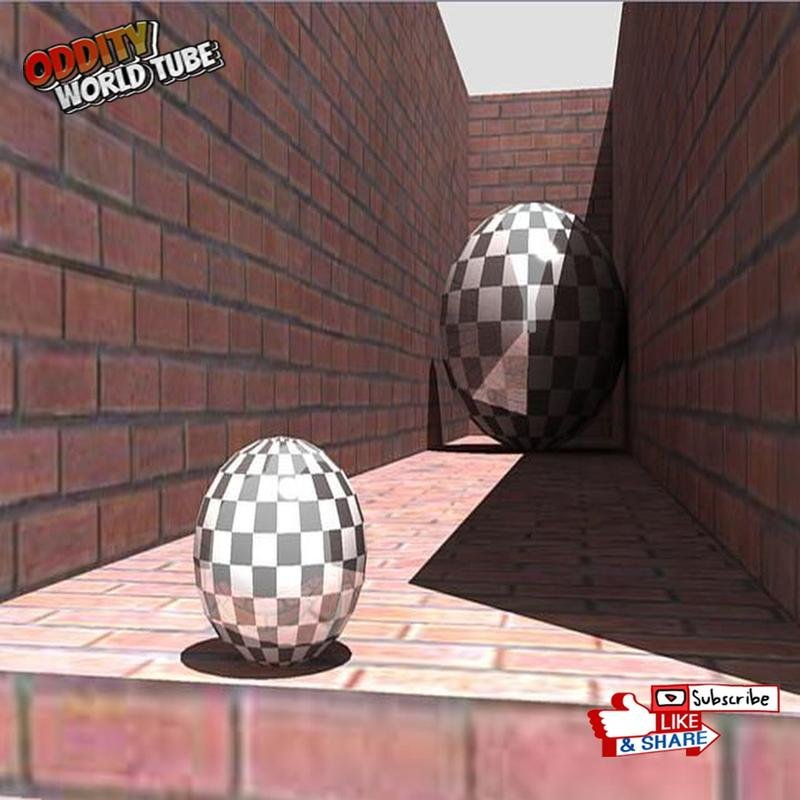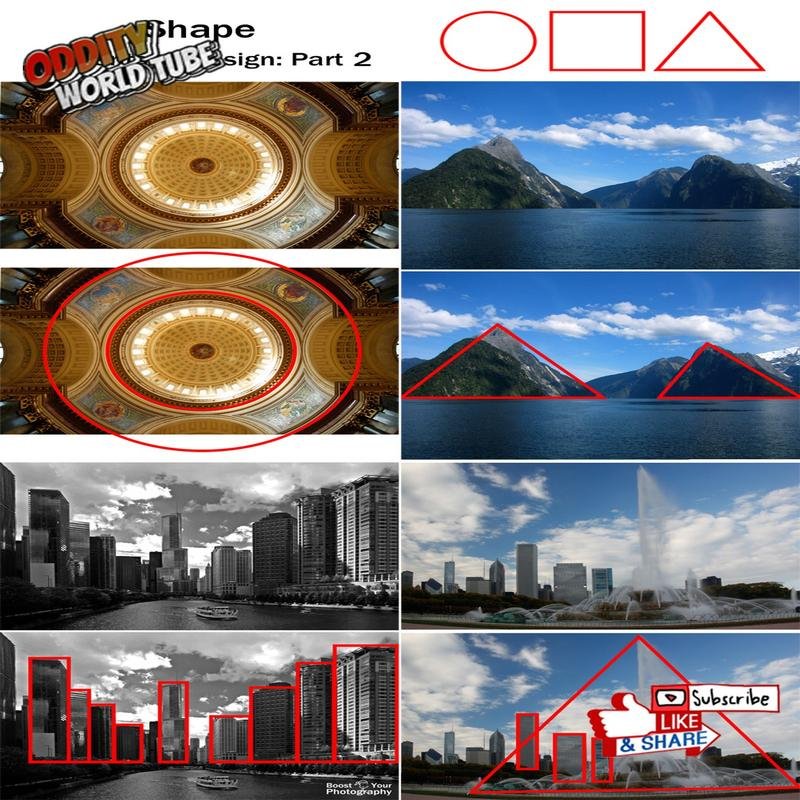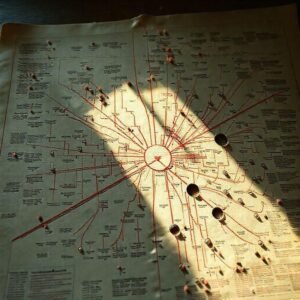Does the shape appear to grow or shrink before your eyes? This is an example of a visual perception illusion.

Visual Illusions: Size Perception & Distance
Visual size perception is a complex process influenced by numerous factors. Perceived object size is significantly affected by its distance from the observer, leading to variations between perceived and actual size.
The Role of Visual Angle and Retinal Size
Size perception is fundamentally determined by the visual angle subtended by the object on the retina; a larger visual angle correlates with the perception of a larger object. This explains size discrepancies between identical objects viewed at different distances.
The Brain’s Interpretation
The brain plays a critical role in interpreting this retinal information, compensating for distance-based distortions through the integration of contextual cues and the object’s spatial relationships within its environment. This compensatory mechanism allows for size constancy, our ability to perceive objects as maintaining a consistent size despite changes in their retinal image size.
Examples of Size Illusions



Conclusion
Understanding visual size perception requires considering the interplay between retinal image size, distance cues, and the brain’s sophisticated processing of visual information. Further research into the neural mechanisms underlying these processes continues to unravel the complexities of how we perceive the world around us.





